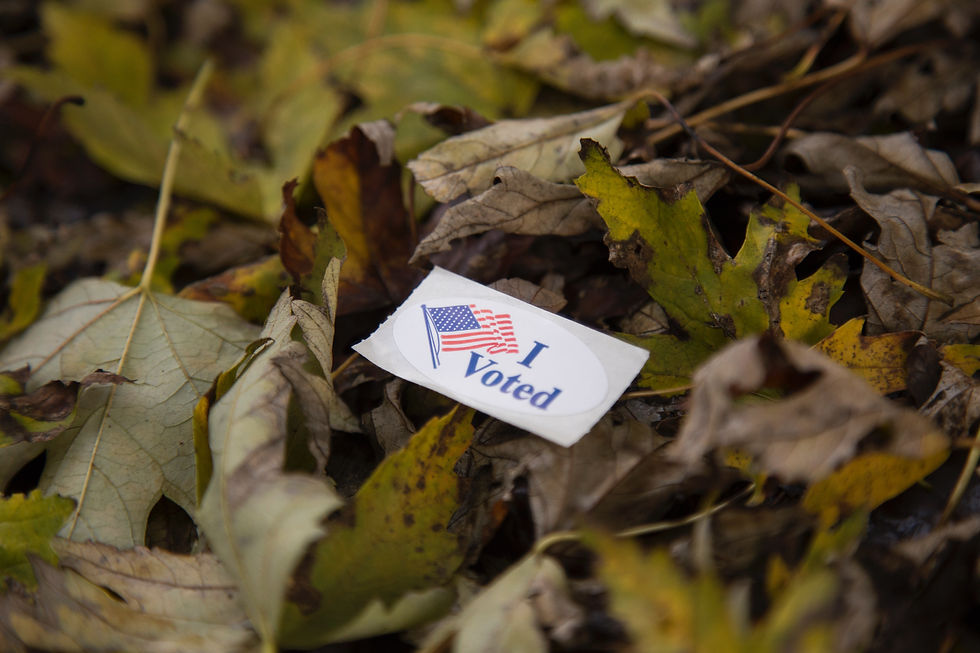ABI’s 2020 Agency Leaders Yearbook
- SWAY
- Nov 21, 2020
- 2 min read
Updated: Jun 3, 2022
Nabbing an internship is a big deal. It gives you a real-world glimpse of your potential future. It’s that extra layer of preparation you need when you jump into the workforce full time. We love being a part of that journey through our internship program.
We tasked intern John Turk to submit project ideas that would be meaningful to him. The result? ABI’s 2020 Agency Leaders Yearbook featuring an analysis of the leadership teams of the top 25 agencies named by the Dallas Business Journal:
In those 25 agencies, there was 38 percent female representation, while only four had POC within their leadership team. And diversity was low — there was only one none-male/POC. “Surprisingly, this is not surprising,” says John. For good measure, John included seven additional agencies that were not listed and they too had a lack of diversity. Just one agency consisted of predominantly Hispanics, further proving that lack of representation prompts new agencies to emerge that will cater to those who feel unseen and undervalued.
Organizations like 3 Percent Movement, 600 and Rising, and AdColor understand the value of diversity and inclusion and what they mean for the advertising industry and our clients when they’re missing. They are calling on the ad industry for more diversity and inclusion not only in agencies, but also in positions where decisions are being made. Only 29% of decision-making power is held by women in a creative director role as of 2017. In 2018, only eight out of 100 most award-winning chief creative officers were women.
This may not only be an issue in the advertising industry, but in the pipeline for our industry as well — academic professors have low POC representation. Our university and college graduates represent 39.4% POC in advertising, graphic design, marketing, digital, web design, and related fields, but only 29% earn internships. POC are hired at a rate of 31% in entry positions.
“As a young Black man starting a career in the advertising industry, it’s discouraging to see that the leadership teams across the landscape are virtually the same hue, making the idea of climbing into a leadership role an unattainable goal,” John concluded. This sentiment is shared across the board — by many women, minorities, and LGBTQ+ and their allies.
Supporting census data shows that the direction we’re headed in looks vastly more diverse than past years. The data also shows that by 2060, children identifying with over two races will have more than doubled.
What does this mean for brands? It means that hiring an agency of record that looks like the audience you serve — starting with its leadership team — is the key to successfully performing business initiatives.
Why?
The 2020 Agency Leaders Yearbook project that John worked on, the data that we collected from the Census, and the recent missteps we’ve seen other agencies go through only strengthens the fact that working with progressive, diverse people with unique backgrounds and experiences encourages innovation and inspires trailblazing ideas that meet the needs of the changing demographic landscape.




